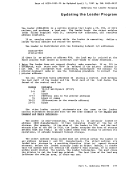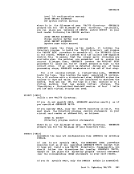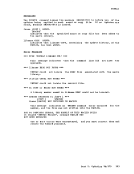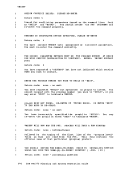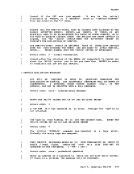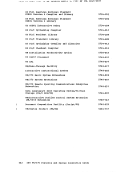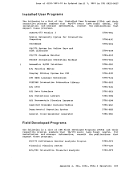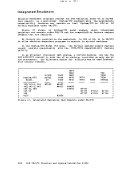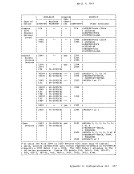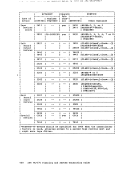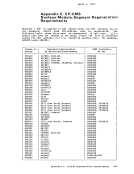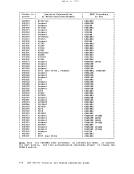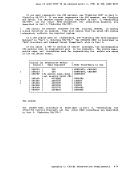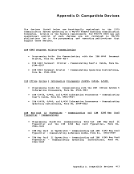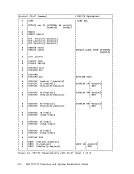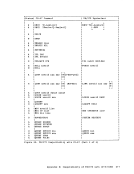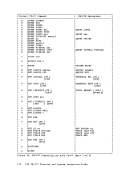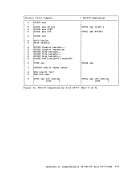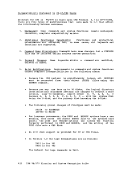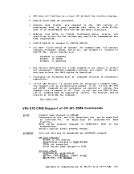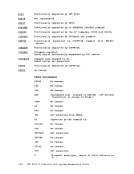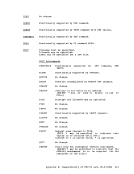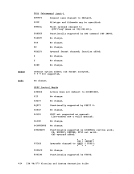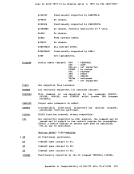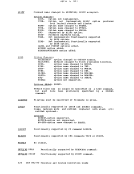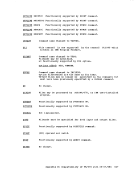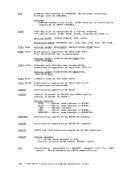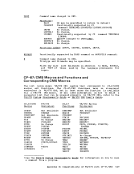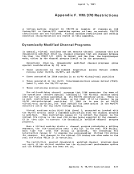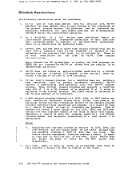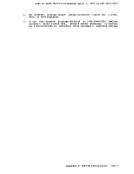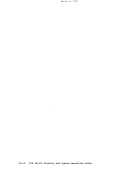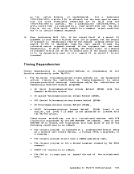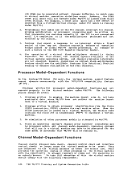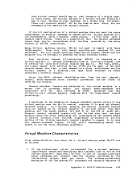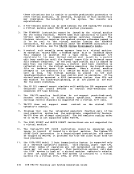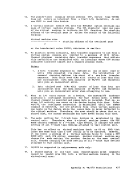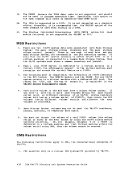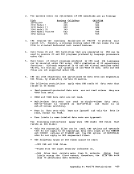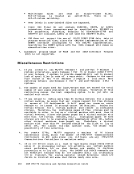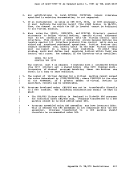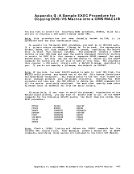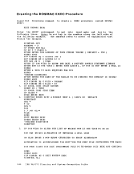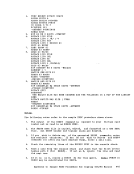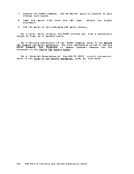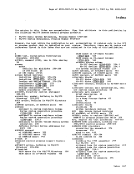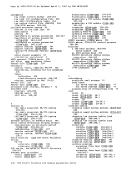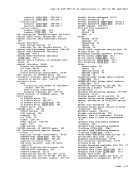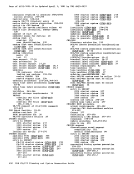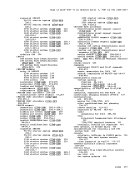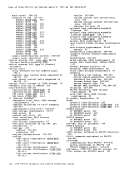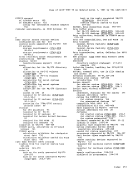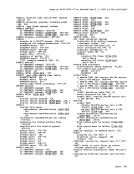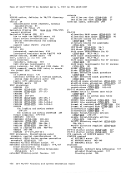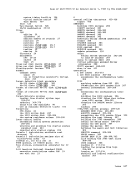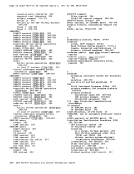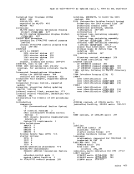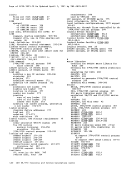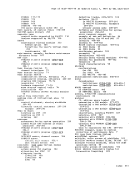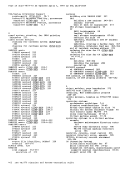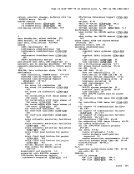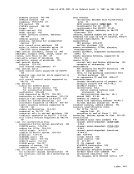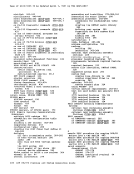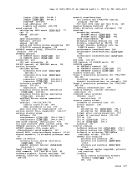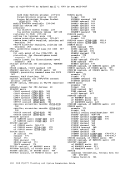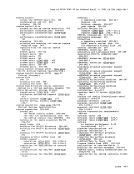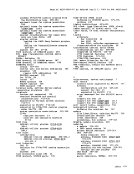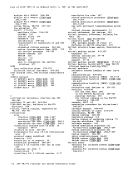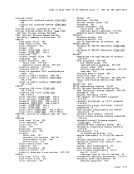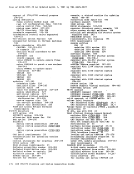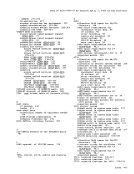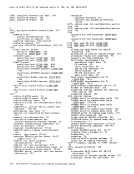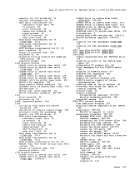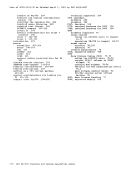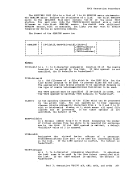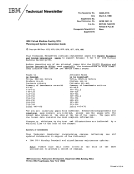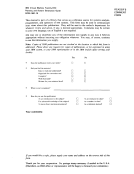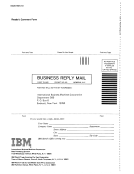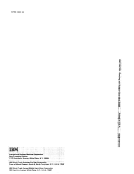Introduction
IntroductionVM/370 provides you with several procedures and techniques for updating
yourVM/370 system. Using a virtual machine, you can perform updating
and maintenance tasks concurrently with other production work. The
framework provided byVM/370 gives you a maximum amount of flexibility
in maintaining your system. This framework includes:• A recommendation for a system support plan, with a userid KAINT provided with access to minidisks containing files necessary for
system updating and maintenance.• A monthly system Program Update Tape (PUT) is automatically
distributed toVK/370 users. This tape contains updated TEXT and MODULE files, as well as PTFs (Program Temporary Fixes) that may be
applied to yourVM/370 system. • The UPDATE command and two EXEC procedures, VKFASM and VMFMAC, which
allow multilevel updating capabilities with concomitant multilevel
backup.• Naming conventions for update files and control files. • Several EXEC procedures and programs that simplify updating VM/370. These programs are listed in Figure 33.
All of these techniques require the use ofCKS; you should have a
thorough understanding of theCMS file system and disk search order, the CMS EXEC processor, and the UPDATE command before you attempt to use any
of the procedures described here.
TheCMS; for reference material on CMS commands and EXEC control statements,
seeVML170 £Q!!.!!ang ang
Decidin-g Which Procedure To UseWhen you have a maintenance task, you want to accomplish
as possible without excessive delay or unnecessary steps.
types of maintenance, and each has one basic procedure.
it as quickly
There are two
Text level maintenance is available with the systemPUT distributed
byIBM. When you use this type of maintenance, you do not have to worry
about which procedures to use. The user memo always tells you what to
do. ExistingTEXT and TXTAP files for your VM/370 system are replaced,
on a one-for-one basis, by new files contained on the systemPUT. The second type of maintenance involves more work on your part. If
you have updates that you want to apply toIBM modules (for example, if
you have written an accounting routine you want to include in theDMKACO module), use the following procedures:
1. If an update is being made to a macro library, use theVMFKAC EXEC to update the library.
Part 5.Updating VK/370 319
Introduction
your
and maintenance tasks concurrently with other production work. The
framework provided by
in maintaining your system. This framework includes:
system updating and maintenance.
distributed to
applied to your
allow multilevel updating capabilities with concomitant multilevel
backup.
All of these techniques require the use of
thorough understanding of the
of the procedures described here.
The
see
Decidin-g Which Procedure To Use
as possible without excessive delay or unnecessary steps.
types of maintenance, and each has one basic procedure.
it as quickly
There are two
Text level maintenance is available with the system
by
about which procedures to use. The user memo always tells you what to
do. Existing
on a one-for-one basis, by new files contained on the system
you have updates that you want to apply to
you have written an accounting routine you want to include in the
1. If an update is being made to a macro library, use the
Part 5.





















































































































































































































































































































































































































